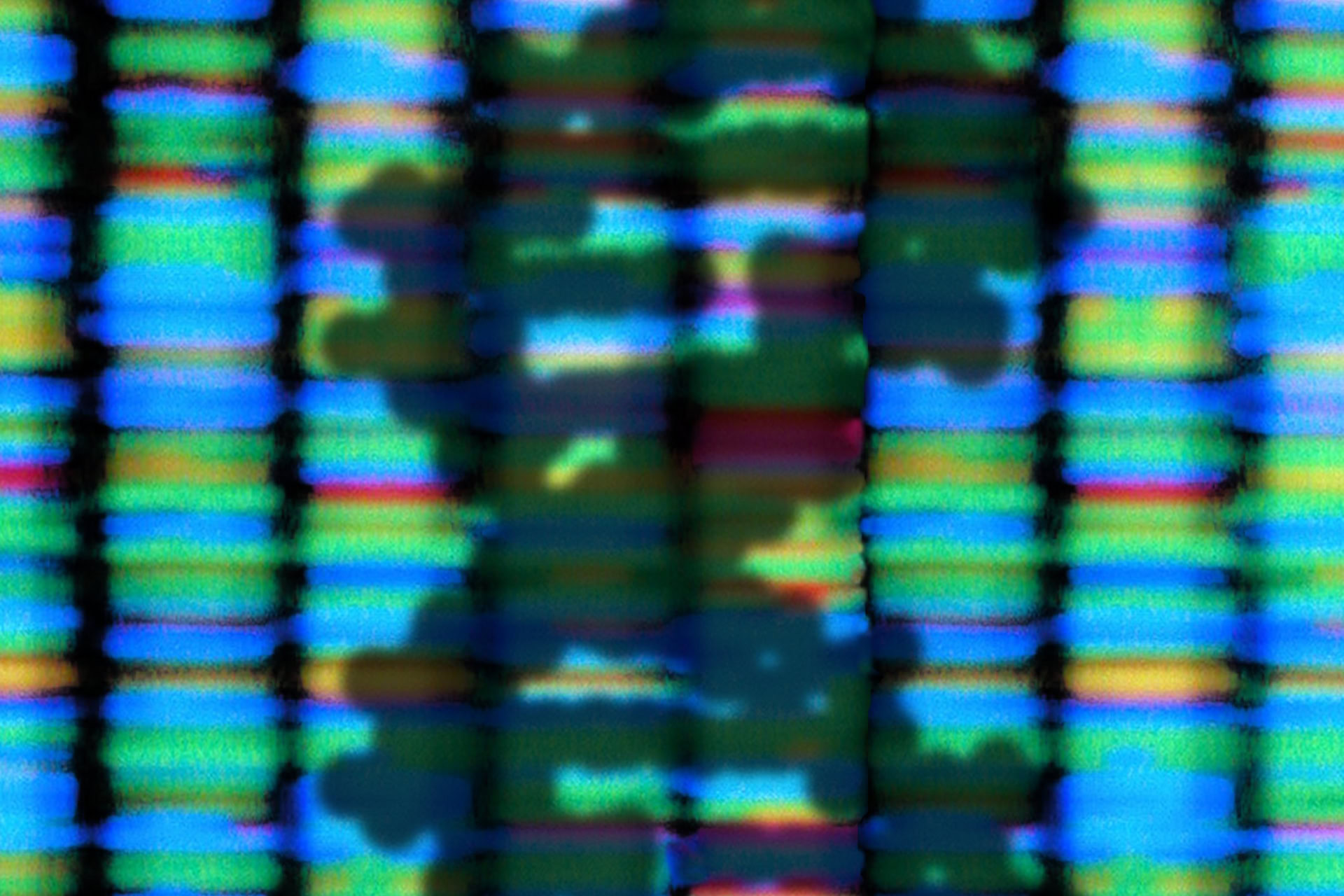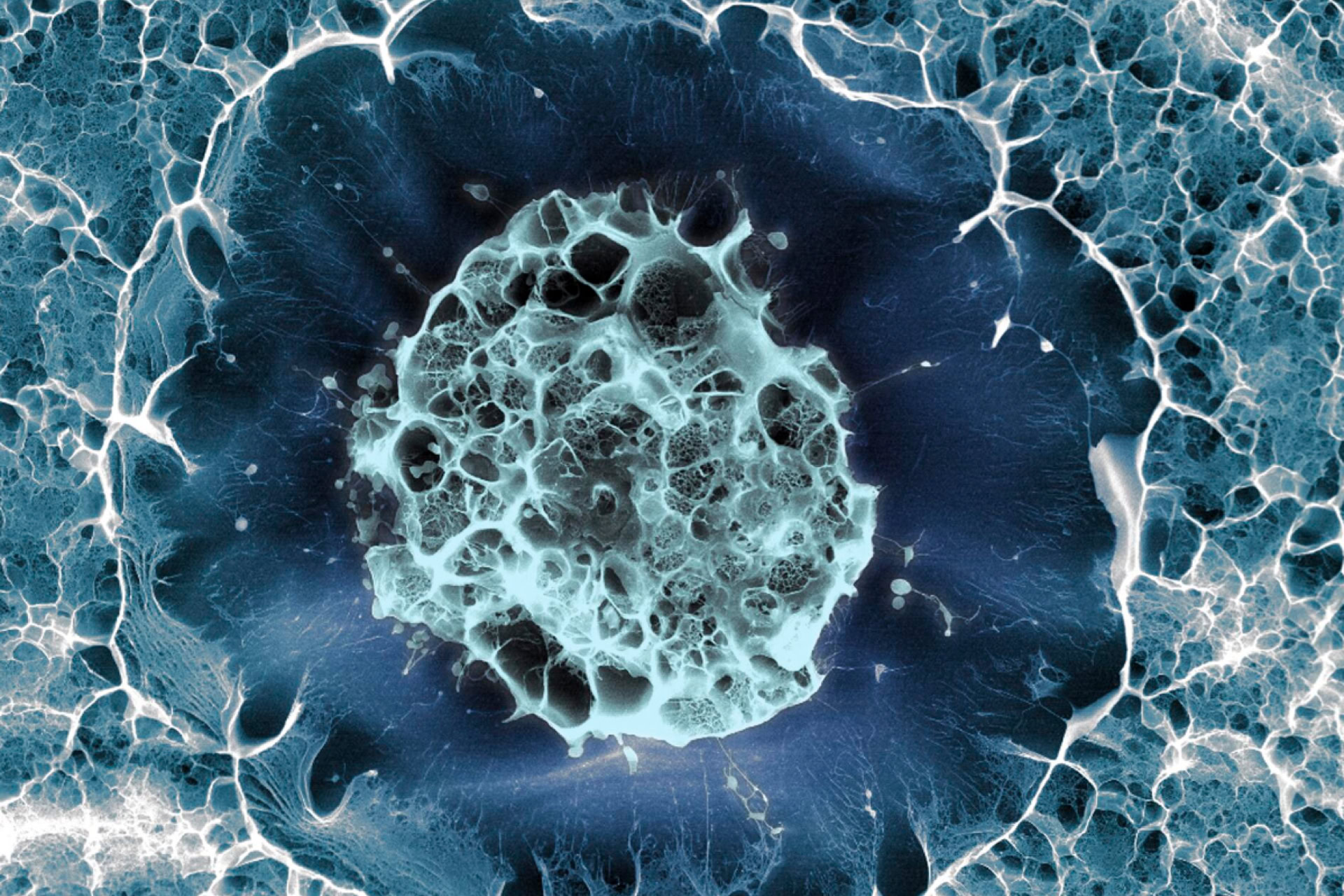DNA extracted from the teeth of plague victims buried in London over 660 years ago has been used to reconstruct the genome of the bacteria that led to the Black Death. The study, carried out by a team of scientists from Canada and Germany, showed that the genetic make-up of this medieval bacteria has remained remarkably unchanged compared to modern day strains. The scientists believe the bacteria, known as Yersinia pestis, is the ancestor of all currently circulating plague bacteria.
'We have covered about 99 percent of the ancient Yersinia pestis genome', said Dr Johannes Krause from the University of Tübingen in Germany, who co-authored the study. 'When we compare this reconstructed genome with modern strains of Yersinia pestis… We do not see a single position in this ancient genome which cannot be found in modern strains'.
The work is the first to recreate a genome from DNA fragments over 100 years old or taken from ancient skeletons. It marks the beginning of 'a new era of research into infectious disease', according to lead scientist Dr Hendrik Poinar from McMaster University in Canada. Scientists hope that a better understanding of how ancient bacteria have evolved will provide valuable insight into how pathogens can change and adapt to cause new infections.
But before it could be sequenced, the ancient microbe's genome first had to be extracted from the complex mix of other bacterial and human DNA present in the skeleton's teeth. To do this the team pioneered a method that uses fragments of DNA taken from modern day bacteria to bind to and pull out the complimentary strands of ancient DNA. This method could also be applied to other historic pathogens, said Dr Krause.
A surprise result of the sequencing data was the degree of the similarity in the genetic make-up of the ancient plague strain compared to its modern day counterpart. Out of the 4.6 million base pairs that make up the bacterial genome, there were only 97 DNA changes and only twelve of these occurred within genes. This suggests that the increased virulence of the bacteria during the Black Death - which wiped out half of Western Europe's population during the 14th century - may not be entirely down to genetics but environmental factors too. Several years of poor crops during the 14th century meant many Europeans were malnourished and vulnerable to getting infections and this - on top of poor living conditions that allowed the disease to spread easily - may explain the deadly efficiency of the microbe specifically during the Black Death.
The bacteria Yersinia pestis still exists, but a 'large human outbreak' would be 'inconceivable in this day', according to Dr Paul Keim, an expert on infectious bacteria at Northern Arizona University. But this does not mean we are safe from a modern version of the Black Death. The fatal strain of Yersinia pestis evolved naturally from previously harmless soil bacteria only 140 years before the plague broke out. So while Yersinia pestis infections can now be easily treated with antibiotics, its story shows us how new or changed pathogens can render our immune systems useless when we come up against them for the first time.
Sources and References
-
A draft genome of Yersinia pestis from victims of the Black Death
-
London 'plague pits' yield secrets of how the Black Death evolved from harmless soil bug
-
A draft genome of Yersinia pestis from victims of the Black Death
-
Black Death genome sequenced from DNA in 14th century skeletons
-
The Black Death Bacterium Decoded
-
Black death DNA unravelled





Leave a Reply
You must be logged in to post a comment.